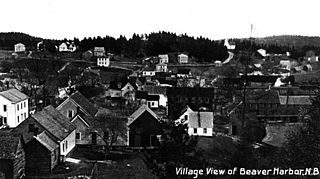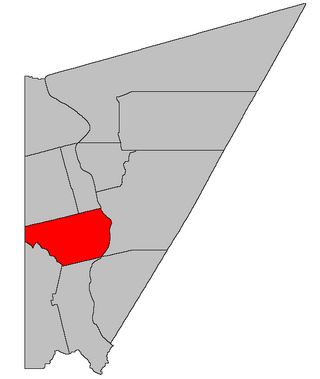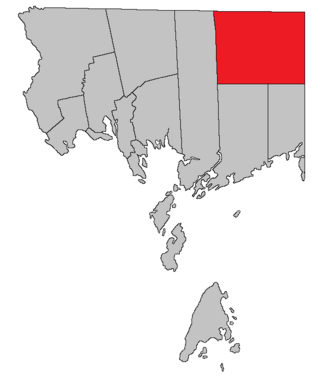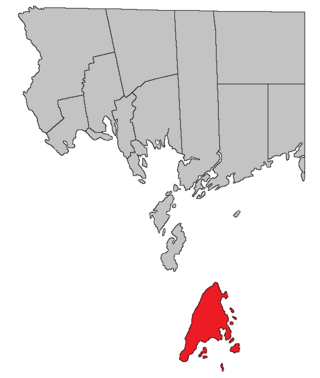Pennfield | |
|---|---|
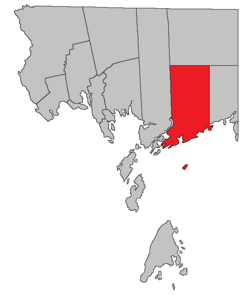 Location within Charlotte County. | |
| Country | |
| Province | |
| County | Charlotte County |
| Erected | 1786 |
| Area | |
| • Land | 363.75 km2 (140.44 sq mi) |
| Population (2021) [1] | |
| • Total | 2,222 |
| • Density | 6.1/km2 (16/sq mi) |
| • Change 2016-2021 | |
| • Dwellings | 1,029 |
| Time zone | UTC-4 (AST) |
| • Summer (DST) | UTC-3 (ADT) |
| Figures do not include portion within the village of Blacks Harbour | |
Pennfield is a geographic parish in Charlotte County, New Brunswick, Canada, [4] located west of Saint John located east of St. George and west of Saint John.
Contents
- Origin of name
- History
- Boundaries
- Evolution of boundaries
- Former governance units
- Municipality
- Local service districts
- Pennfield Parish
- Beaver Harbour
- Communities
- Bodies of water
- Islands
- Other notable places
- Demographics
- Population
- Language
- Access Routes
- See also
- Notes
- References
For governance purposes, Utopia and areas south of Route 780 are part of the incorporated rural community of Eastern Charlotte, [5] while the sparsely populated north and The Wolves islands in the Bay of Fundy are part of the Southwest rural district, [6] both of which are members of the Southwest New Brunswick Service Commission. [7]
Prior to the 2023 governance reform, it comprised one village of Blacks Harbour and two local service districts, all of which were members of the Southwest New Brunswick Service Commission (SNBSC). [8]
The Census subdivision of the same name includes all of the parish except the former village of Blacks Harbour. [1]


